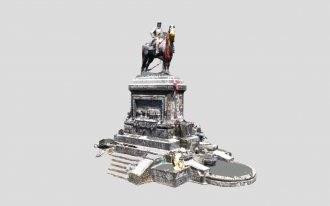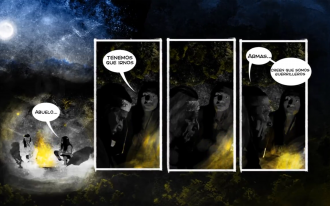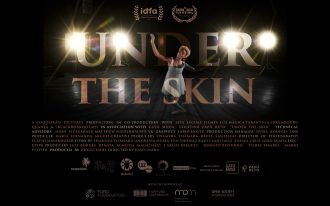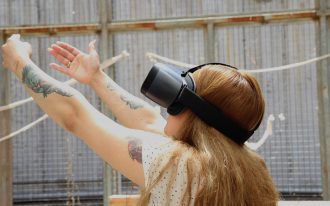Diego Cerna Aragon is a media and technology researcher.
Diego Cerna Aragon (ODL researcher 2020-2021) is a media and technology researcher. He holds a BA in Communication from the University of Lima and a SM in Comparative Media Studies from MIT. His research interests include technologies of mediation and technoscientific expertise, with a special focus in the Andean region. While at ODL, Diego explored the production of innovative forms of documentary and the institutional infrastructure of national media ecosystems in Latin America.
Spatial memories in Latin America
Memories are sustained by attachment. Memories can be either more affectionate or solemn but it is the existence of an attachment that remains constant: attachment to people, objects, or actions. All of these evoke personal experiences or social narratives. Space plays a key role in the conjuration of memories. Memories are spatialized, as experiences happened in specific places, and narratives are situated in particular settings. With a long history of social and political strife, Latin America is a region where we can perceive this interplay between memories and spaces.
This playlist collects Latin American media projects that explore the spatial dimensions of memories. Among the selected projects, we can appreciate how creators documented and preserved the state of a space during moments of social struggle. We can also observe how authors recreated and (re)presented episodes of political violence in the history of their countries. Additionally, projects here also examine how certain technologies open up the possibility of a mediated access to a place, and the experiences and memories they evoke.






